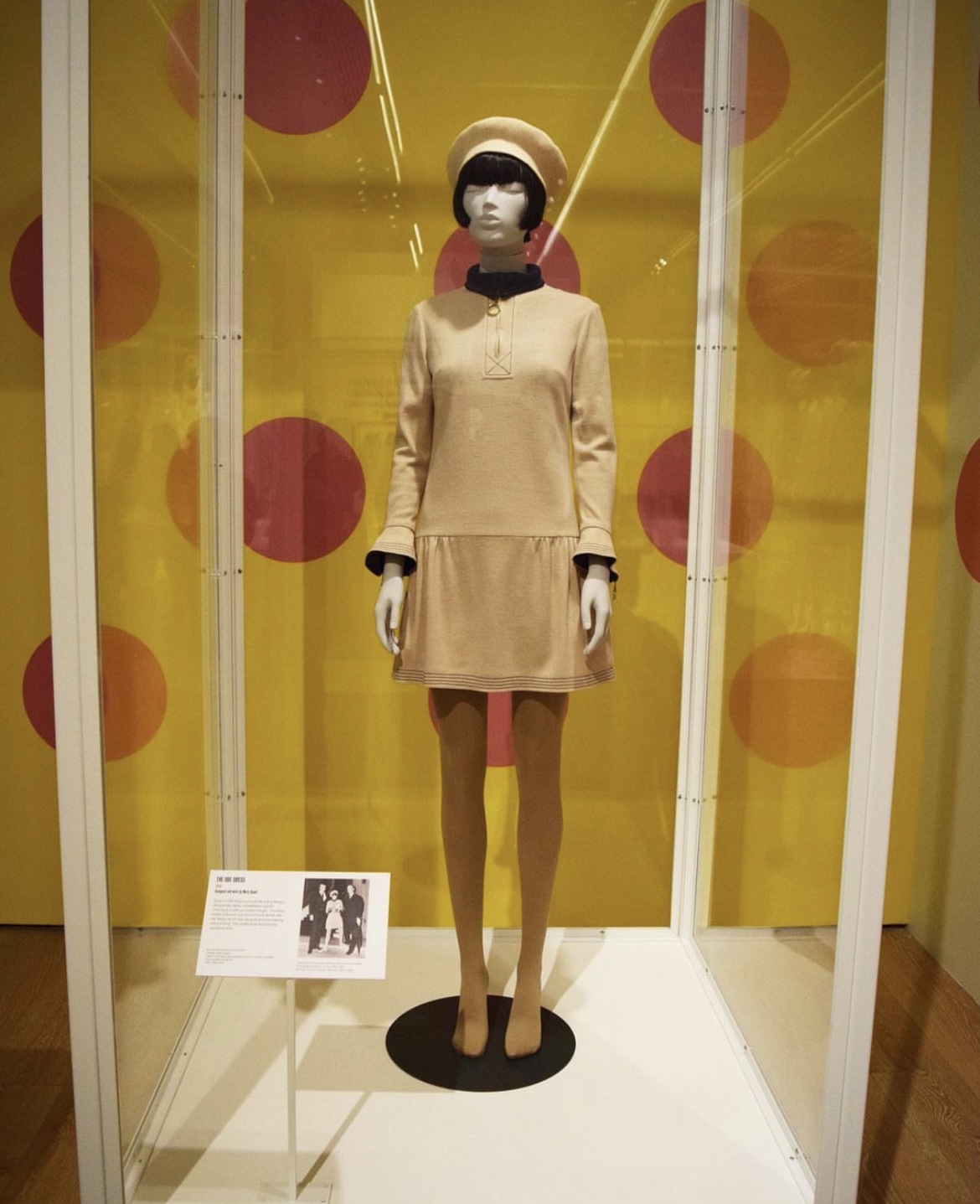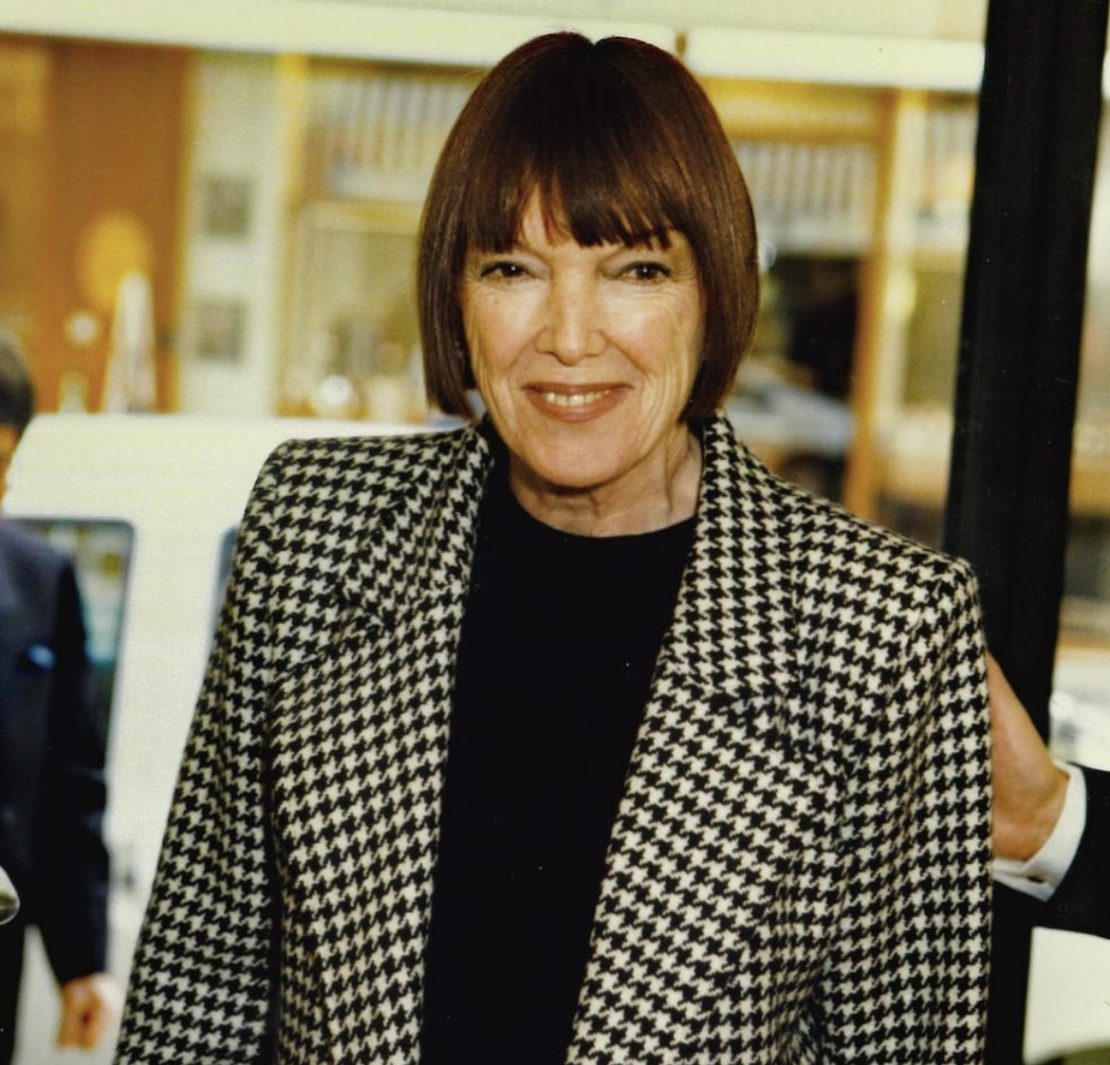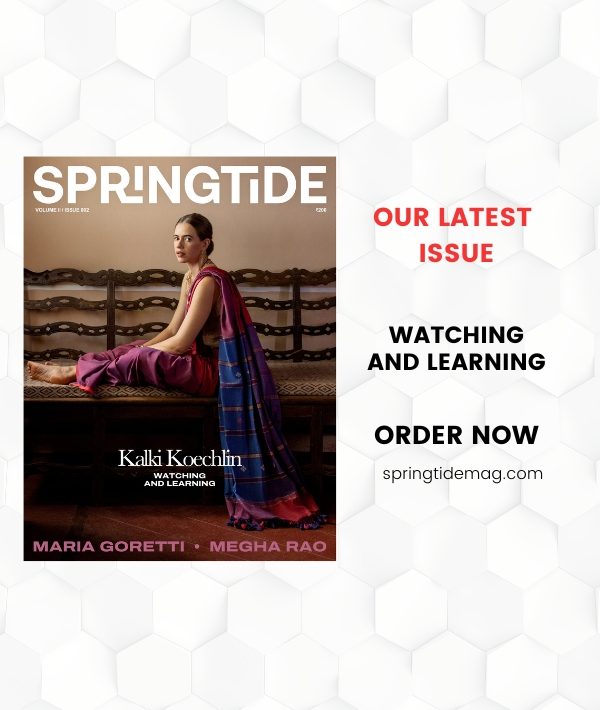Revolutionary British fashion designer Dame Mary Quant has passed away at 93. Her family released a statement that she died peacefully in her home in Surrey, UK. An icon of the fashion industry in the 60s, she is known often as the “mother of the miniskirt”.
Quant and her husband Alexander Plunket Greene started Bazaar, the boutique that quickly catapulted her into fame in London’s fashion scene, in 1955. Crowds of young people would gather around the boutique, connoisseurs would drink and discuss fashion, and it soon became a recognised landmark.
A street style defined by breaking social codes and norms took over London in the 1960s. As a result, the “above-the-knee” skirt was born. Quant did not invent it, but popularised it and made it a symbol of the Swinging Sixties. Short hemlines, minimalistic styles and simple shapes defined her designs. She was also the first to popularise stockings and tights in bright colours. Quant’s break away from acceptable societal and gender norms led to her being one of the first designers to push for suits and trousers for women. Her personal style was powerful too – the iconic bob that Vidal Sassoon gave her left a lasting impact for decades.

“Mary Quant is almost synonymous with the sexual liberation of women,” fashion designer Aniket Satam told Springtide. “By lifting the hemline of the skirt, she made movement easy for women. She gave women the liberty to have fun and enjoy dressing up for themselves, rather than for men. Before that, it was all about objectification, where they were wearing corsets and clothes that silhouetted the hourglass figure.”

“She was almost like Coco Chanel 2.0. What Chanel did in the 1920s, she did in the 1960s for women. In the years in between, male fashion designers were seeing the female body from a male perspective. Whereas, she realised that the youth contributed to a huge part of the demographic and they wanted a sense of movement.”
Quant became a recipient of the Order of the British Empire medal (OBE) in 1966, the same year she started her eponymous brand of makeup. Her keen business sense drove her to explore the world of makeup, and the brand is thriving even today. Satam further added, “She was one of the first to come up with thick eyelashes. In today’s world, we cannot imagine a makeup look complete without that.”
Despite the fierce liberation of the 60s and 70s in the West, it is hard to imagine how Quant’s trademark trend would trickle into Indian fashion. But as Satam said, Quant’s work was easy to adapt to our market as well. In the 1960s, Bollywood actresses like Mumtaz and Sharmila Tagore adopted the silhouette of the miniskirt, if not the garment by itself. “In order to make it more socially acceptable, they wore the miniskirt with something tight like leggings. Just by throwing on a dupatta, the shape and form became easy to adapt. Indirectly, by sporting a fitted kurti over a churidar, they have worn the miniskirt.”
The fashion world mourns the loss of one of its greatest icons today. Dame Mary Quant strived to give women a space in fashion to truly be themselves and dress for their own comfort and pleasure. In doing so, she changed womenswear, but she also spearheaded a cultural movement of liberation, freedom and creativity in the Swinging Sixties.





